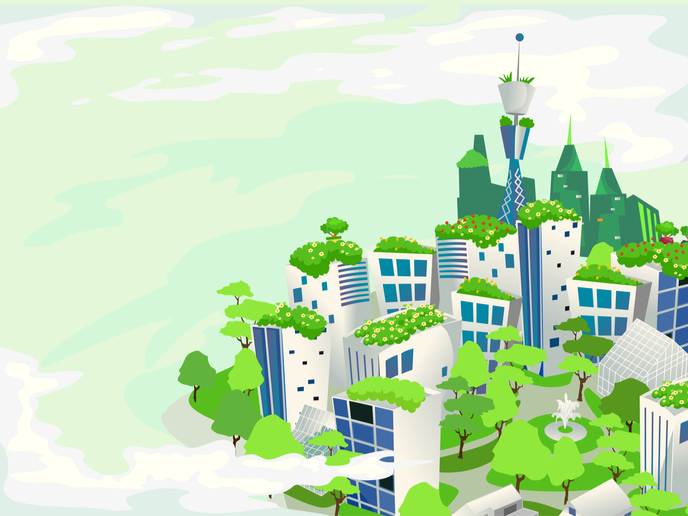More trees, cooler cities
There are many reasons why cities generally have higher temperatures than the rural areas surrounding them. They’re densely constructed, the building materials used are made to hold in heat and the plentiful paved areas trap heat in the ground, preventing it from escaping into the air. Added to this are the consequences of human activity – the energy emitted by city dwellers as they drive, work, exercise and generally go about their daily lives. While most of us consider these urban heat islands (UHIs) an inevitable consequence of city living, researchers are looking for solutions that will help reduce this effect. A recent study conducted for this purpose discovered that green infrastructure (GI), such as green roofs and especially trees, can help reduce temperatures in cities and towns. The study was carried out by the University of Surrey with support from the EU-funded iSCAPE project. Its findings(opens in new window) were published in the journal ‘Environmental Pollution’.
Green infrastructure and its effect on urban temperatures
The area the research team chose for their case study was the town of Guildford (United Kingdom), which has 78 % grassland and tree cover. The scientists analysed how three vegetation types – grasslands, green roofs and trees – can mitigate the UHI effect under five different scenarios. They simulated temperature increases given the current GI cover in Guildford and in an additional four scenarios: if the town had no GI cover and if the current GI cover was replaced with only trees, only green roofs and only grasslands. The results showed that temperature changes in urban environments depend greatly on the type of GI cover, how much of the city is covered by GI, and the heat emitted by buildings and vehicles. Among the three types of GI, trees were found to be the most effective in mitigating temperature increases. Additionally, green roofs could be used as an additional measure to reduce the UHI effect, provided they cover large areas of the city. “As policymakers and political leaders rightly look to solve the … [United Kingdom’s] housing crisis, it is vitally important that they consider how this influx of new urban infrastructure will impact our environment and our planet,” stated study co-author Prof. Prashant Kumar in an article(opens in new window) posted on the ‘Earth.com’ website. “I hope that our study will give decision-makers the information they need when they are deciding which green infrastructure to establish in our communities. Our results suggest that, given a choice, trees are the most effective at reducing the urban heat island effect that many of our towns face,” concluded Prof. Kumar, who is the founder and director of the University of Surrey’s Global Centre for Clean Air Research. The iSCAPE (Improving the Smart Control of Air Pollution in Europe) project ended in November 2019. Its aim was to develop sustainable air pollution remediation strategies, policy interventions and behavioural change initiatives. For more information, please see: iSCAPE project website(opens in new window)



